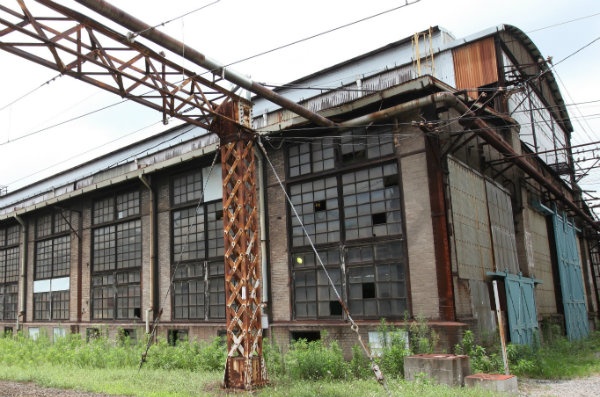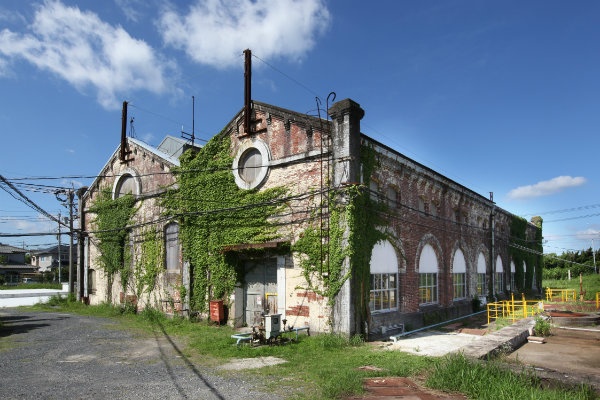Industrial World Heritage in Kyushu
In July 2015, UNESCO inscribed “Sites of Japan’s Meiji Industrial Revolution: Iron and Steel, Shipbuilding and Coal Mining” on the World Heritage List.
By Highlighting JapanThe 23 component parts, which span eight prefectures and 11 cities, tell the tale of how Japan seized the initiative and adopted Western technology between the closing days of the Tokugawa Shogunate (the final years of the Edo Era, 1603-1868) and the Meiji Era (1868-1912), developing human resources, constructing modern industries, and becoming an industrialized nation.
In only five decades, from the second half of the 19th century to the early years of the 20th, Japan rapidly industrialized in the fields of shipbuilding, iron and steel manufacturing and coal mining, industries that would become keys to the country’s economy. Their trial-and-error approach, which emphasized studying and researching Western industry and inviting Western engineers to Japan for guidance, was incorporated into Japan’s traditional culture. Through continuous practice and application, this approach laid the foundation for the Japanese system of industry.
The unique chronological testimony these heritage sites provide creates a matrix that reveals the progress of Japanese industry. For example, one can sense how the high level of maritime technology at Miike Port, fostered by the Miike Coal Mine, dramatically accelerated the development of Japan’s contemporary transportation and shipping industries.
The Shuseikan in Kagoshima was where Satsuma Clan lord Shimazu Nariakira enthusiastically studied Western ideas and consequently took a proactive approach to adopting Western industrial technology. The Former Glover House and Office was the workplace of Scottish merchant Thomas Glover, who made major contributions to Japan’s shipbuilding and coal industries, and served as a gathering place for those involved in the industrial science and technology of the day. Overseas ideas were combined with Japanese values that had a huge impact on the luminaries of the Meiji Era, who refined these concepts to create new value.
Of the 23 sites inscribed by UNESCO, 16 are located in Kyushu.
1. Shuseikan (Kagoshima)
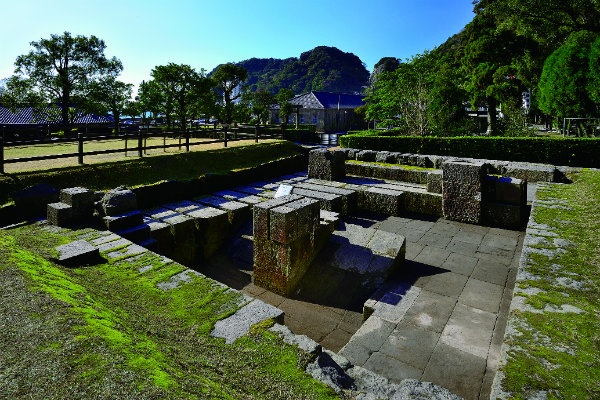
http://www.gov-online.go.jp/eng/publicity/book/hlj/20150901.html
Satsuma lord Shimazu Nariakira launched the Shuseikan project in response to challenges from the major Western powers in the closing days of the Tokugawa Shogunate. The site is preserved to tell the story of Satsuma’s attempts to build a reverberatory furnace and the surrounding trial-and-error experimentation.
2. Terayama Charcoal Kiln (Kagoshima)
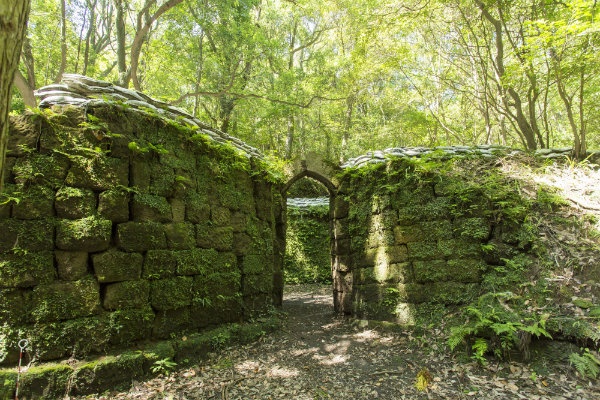
http://www.gov-online.go.jp/eng/publicity/book/hlj/20150901.html
The site of the kiln that created the charcoal used to fuel the Shuseikan project.
3. Sekiyoshi Sluice Gate of Yoshino Leat (Kagoshima)
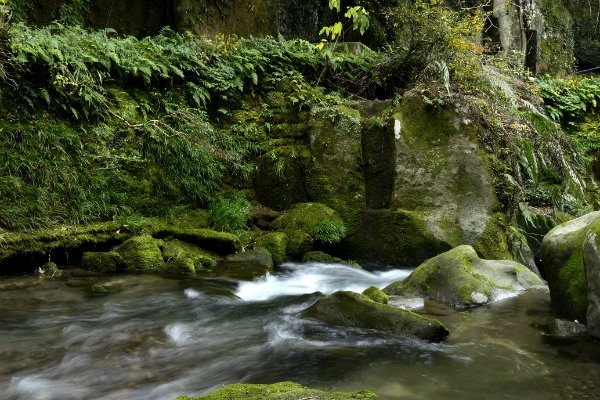
http://www.gov-online.go.jp/eng/publicity/book/hlj/20150901.html
The sluice that supplied water to power the Shuseikan project.
4. Mietsu Naval Dock (Saga)
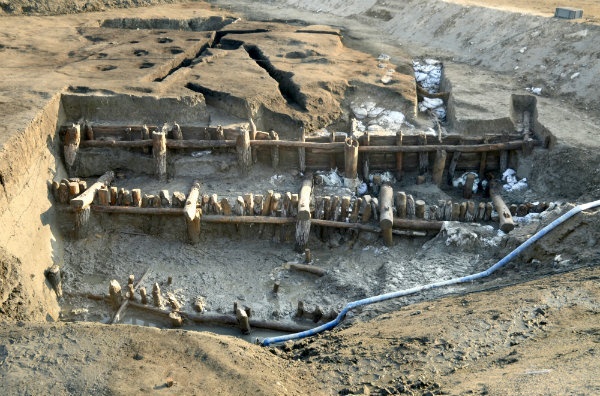
http://www.gov-online.go.jp/eng/publicity/book/hlj/20150901.html
In the closing days of the Edo Era, the Saga Clan established the Mietsu Naval Dock for coastal defense.
5. Kosuge Slip Dock (Nagasaki)
http://www.gov-online.go.jp/eng/publicity/book/hlj/20150901.html
Japan’s first Western-style slipway, equipped with a steam-powered winch, is still in existence today. In 1869, this ship repair facility was established at Nagasaki Port through a collaboration between Scottish merchant Thomas Glover and the Satsuma Clan.
6. Mitsubishi No. 3 Dry Dock (Nagasaki)
http://www.gov-online.go.jp/eng/publicity/book/hlj/20150901.html
This dry dock, constructed from 1901 to 1905, was used to repair large ships built during Mitsubishi’s limited-partnership era.
7. Mitsubishi Giant Cantilever Crane (Nagasaki)
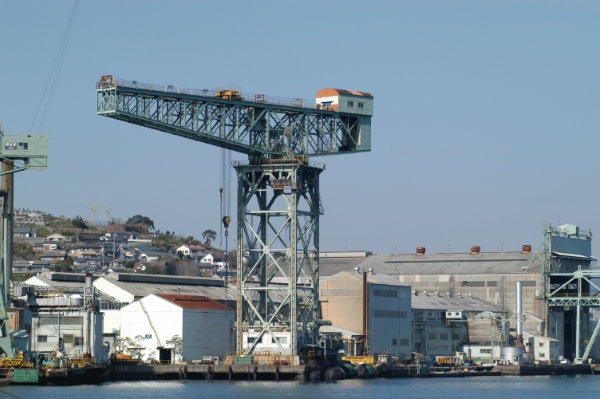
http://www.gov-online.go.jp/eng/publicity/book/hlj/20150901.html
This was Japan’s first electric crane, constructed in 1909 during Mitsubishi’s limited-partnership era in conjunction with the electrification of the shipyard.
8. Mitsubishi Former Pattern Shop (Nagasaki)
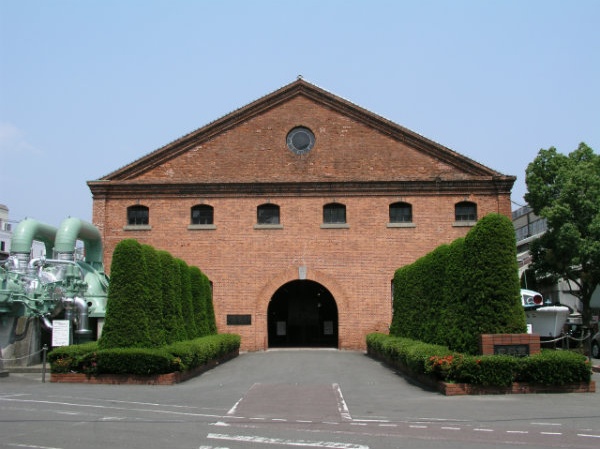
http://www.gov-online.go.jp/eng/publicity/book/hlj/20150901.html
Built in 1898 to produce wooden patterns for castings, this pattern shop was constructed during Mitsubishi’s limited-partnership era in response to the increased demand in Japan for cast-metal goods.
9. Mitsubishi Senshokaku Guest House (Nagasaki)
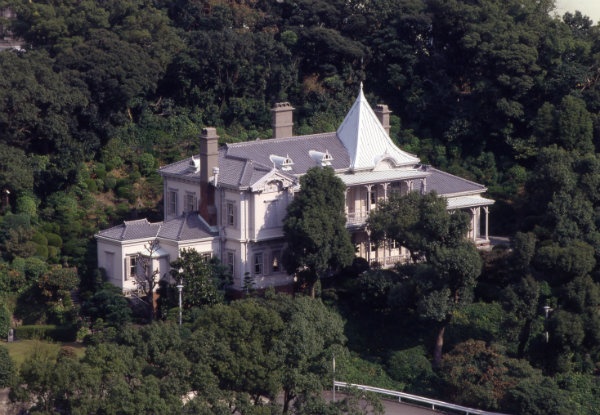
http://www.gov-online.go.jp/eng/publicity/book/hlj/20150901.html
Overlooking the third dock from the hillside, this Western-style, two-story wooden house was built during Mitsubishi’s limited-partnership era in the formative years of Japan’s shipbuilding industry. Although completed in 1904 as the residence of Heigoro Shoda, head of Nagasaki Shipyard, it was used as a reception hall rather than a private home.
10. Takashima Coal Mine (Nagasaki)
http://www.gov-online.go.jp/eng/publicity/book/hlj/20150901.html
From the closing days of the Tokugawa Shogunate to the Meiji Era, the demand for coal in Japan increased greatly, needed to power Western machinery. On Takashima Island off the coast of Nagasaki, the Saga Clan, together with Scottish merchant Thomas Glover, developed a coal mine.
11. Hashima Coal Mine (Nagasaki)
http://www.gov-online.go.jp/eng/publicity/book/hlj/20150901.html
Hashima Coal Mine was an island coal mine developed using technology from Takashima Coal Mine.
12. Glover House & Office (Nagasaki)
http://www.gov-online.go.jp/eng/publicity/book/hlj/20150901.html
The base of operations for Scottish merchant Thomas Glover, who assisted in Japan’s industrialization.
13a. Miike Coal Mine (Kumamoto)
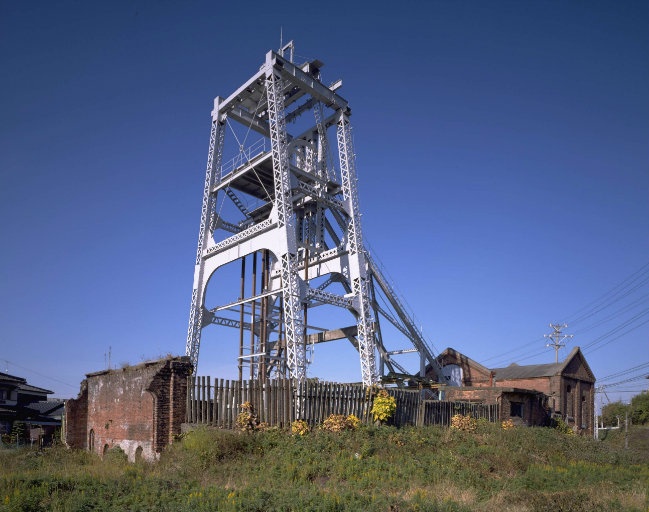
http://www.gov-online.go.jp/eng/publicity/book/hlj/20150901.html
Miike Coal Mine is now closed, but traces of the private railroad connecting the mine’s main pits, Miyanohara and Manda, with the Miike Port remain.
13b. Miike Port (Kumamoto)
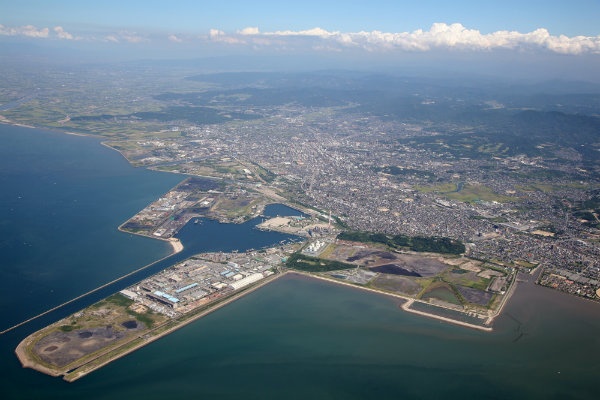
http://www.gov-online.go.jp/eng/publicity/book/hlj/20150901.html
Listed together with Miike Coal Mine, the fact that Miike Port is a productive asset that is still in use today demonstrates that these sites are not relics but remain useful technology.
14. Misumi West Port (Kumamoto)
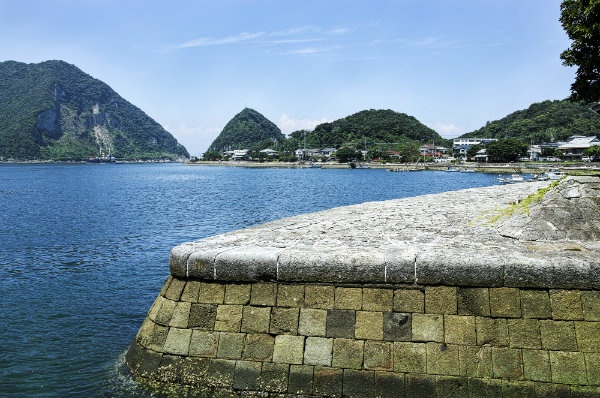
Designed by Dutch engineer A. Rouwenhorst Mulder, this port was constructed with government subsidies and became one of the Meiji Era’s three biggest harbor construction projects.
15. Imperial Steel Works (Fukuoka)
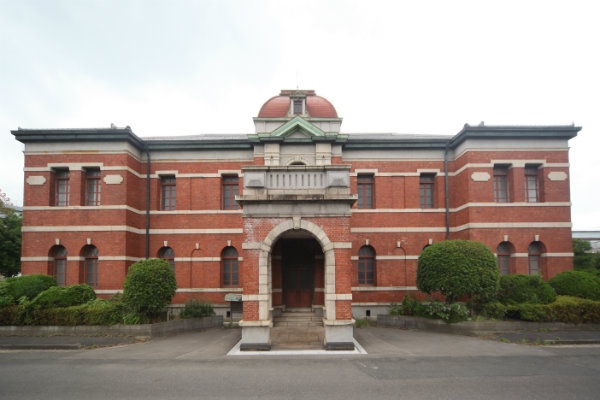
http://www.gov-online.go.jp/eng/publicity/book/hlj/20150901.html
The first head office of the steel works is in a symmetrical edifice rendered in red brick with a dome at its center. The German firm Gutehoffnungshütte Co. (GHH) designed and provided the steel frame for the steel works’ repair shop, where machinery was repaired and components manufactured for the steel works. The repair shop has been in continuous operation for over 110 years. GHH also designed and provided the steel frame for the former forge shop, which manufactured the products needed to construct the steel works.
16. Onga River Pumping Station (Fukuoka)
A pumping facility that transported water from the mouth of the Onga River to the Imperial Steel Works about 10 kilometers (6.2 mi) away. The facility is still operational today.


